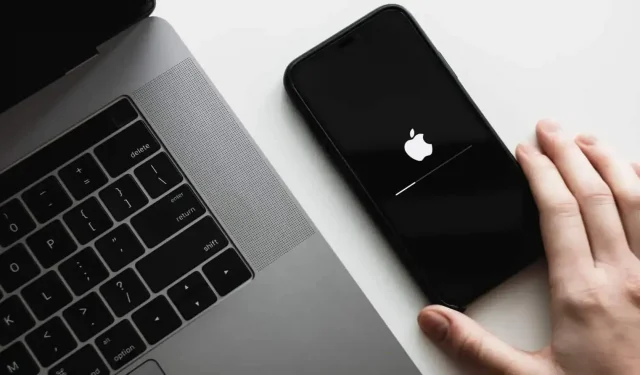Why does your iPhone take so long to automatically install updates

iPhone automatically installs iOS updates. But this process takes a long time, sometimes several weeks, before you are eligible for an upgrade. Why? How to speed things up?
If you’re using the iPhone’s automatic update feature to download and install new versions of iOS, you’ll likely have to wait quite a while for this to happen. You might not notice it until someone sends you an emoji that you can’t view, or you might see this red pop-up in settings telling you that a new version is available. But why doesn’t your iPhone install updates as soon as Apple releases them?
On iPhone, software updates are about more than just adding new features. Unlike other platforms, Apple doesn’t separate its feature updates from its security updates, merging them into one. This makes every new version of iOS important to install from a security point of view. For example, as of iOS 15.5, at least 27 security patches are offered.
Apple releases software updates for compatible iPhones around the same time for everyone. In theory, you can install them as soon as they are released, but automatic updates introduce some delay.
Why Apple is delaying automatic updates for iPhone
This delay is desirable. According to Craig Federighi, vice president of software engineering at Apple, the Cupertino-based company waits one to four weeks before rolling out updates to users who have automatic updates enabled. The idea is to allow them to avoid possible bugs that will be discovered immediately after release to the general public. Apple then has time to cancel the rollout if necessary and thus limit collateral damage, time to fix.
This strategy is not the only implementation to avoid error propagation. Each version of iOS first goes through a beta testing phase before the general public can get access to it. Beta testers, both developers and hobbyists, install these builds on their devices and report any issues to Apple. Beta releases often have multiple versions that Apple can tweak with each iteration.
While beta testing is vital in software development, the sample of testers is never large enough to catch all the bugs. And while everyone has the option to install the update manually as soon as it’s available, most don’t, either because they have automatic updates turned on or because they don’t want to do it manually.
This allows Apple to begin the second round of unofficial testing. If everything goes well after a week, the company will start initiating automatic updates for those who have activated this option. This rollout is gradually accelerating, reaching 100% install in four weeks.
The fastest way to install an iOS update on your iPhone
Unfortunately, there is no faster way to access installations in the automatic updates queue. Installation occurs when Apple determines that you are eligible. If you want to proceed with the installation as quickly as possible, you will have to do it manually. To do this, go to Settings > General > Software Updates.
If you prefer automatic updates, make sure “Download iOS Updates”and “Install iOS Updates”are enabled in Settings > General > Software Updates > Automatic Updates. The former will allow you to download the update in question, but will not install it without your consent. In this case, no matter when Apple releases an automatic update, you will have the final say.
Leave a Reply